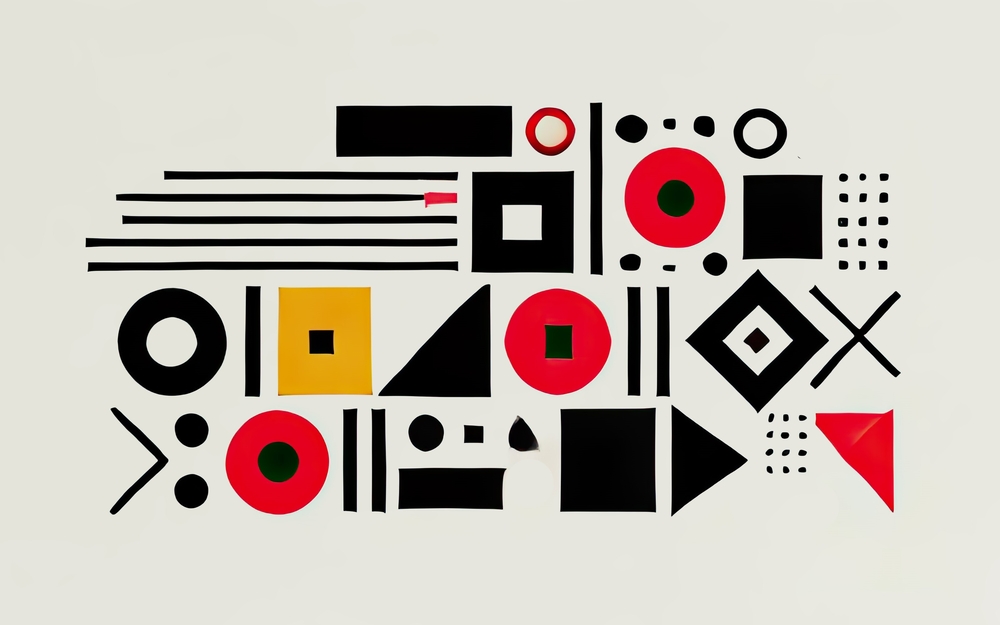
SaS Composer Lab
For composers working with audio scores
This composition lab serves as a platform for creation, interpretation, reflection, and analysis and (1) provides a platform for compositional experimentation with audio scores and their interpretation, (2) provides a space for interrogation into the methods and concepts underlying these audio scores, and (3) offers a forum for analysis and debate around the concept of mimesis as it applies to the perspectives of composers and performers. The aim of the composition lab is to experimentally explore and further develop the generation of audio scores.
- The SaS Composer Lab is part of the project “Sound as Score”
- Project management: Elisabeth Schimana – University of Music and Performing Arts (mdw)/Artistic Research Center (ARC)
- project partners: Susanne Kogler – University of Graz (KFU)/Department of Arts and Musicology and Piotr Majdak – Austrian Academy of Sciences (ÖAW)/Acoustics Research Institute (ARI).
- This research was funded in whole or in part by the Austrian Science Fund (FWF) [grant DOI 10.55776/AR824].
Research team SaS Composer Lab:
Elisabeth Schimana, Susanne Kogler, Barbara Neu, and Nicolas Müller-LorenzCollaborating researchers: Margarethe Maierhofer-Lischka and Sandeep Bhagwati
Participanting composers:
Amy Brandon (CA), Luc Döbereiner (A/DE), Carlos Iturralde (MX), Sofía Matus Cancino (Mx/US), Ursula Winterauer (A), Dustin Zorn (DE/A)Participating musicians:
airborne extended (Elena Gabbrielli, flutes, Sonja Leipold, harpsichord/keyboard, Caroline Mayrhofer, recorders/Paetzold, Tina Žerdin, harp), Barebara Neu, clarinet, Margarethe Maierhofer-Lischka, double bassThe SaS Composer Lab process
As a starting point, the selected composers will meet online and present her/his concepts, methodology, and experiences when working with audio scores. Furthermore, the musicological team will introduce and discuss the concept of mimesis with a focus on Cox’s ‘Characteristics of the Four Perspectives’ (see text box for details) and his definition of music as a landscape that we move through. This first step will be moderated by the collaborating researchers and then recorded and summarized by the musicological team. This process and its outcomes will serve as an inspiration for the composers when creating their new audio scores.
Then all participants will enter into an iterative process of creation and analysis. This consists of two alternating steps.
Step A
The composers will be commissioned to create a new work based on an audio score for a maximum of 6 performers using the concepts discussed in the initial meeting. This is a fluid work in progress according to its self-organized internal schedule. Composers and musicians will be provided with professional software for remote audio collaboration. After a certain amount of time, they will prepare for Step B.
Step B
In hybrid meetings, composers and musicians will present subsections of their ongoing collaboration in creating an audio score. At each meeting two of the six composers together with the musicians will present partial results of their experimental settings. Based on Cox’s classification (see text box for details), the participants will discuss to what extent internal and external, active and passive dimensions of mimetic behavior are relevant and how these dimensions intermingle in the respective settings. From the perspective of the reception aesthetic (i.e. the listener), we will ask to what extent musical spatial designs and sound movements in various settings (i.e. different musical landscapes) determine the physical presence and posture of the performers and listeners. Can we observe mimetic behavior? If yes, to what extent does this influence the aesthetic impact of the music on listeners? Each of the members of the research team will lead at least one of the Step B meetings.
After this step, composers and performers return again to Step A.
Final outcome
This hybrid meeting will serve as an internal presentation forum. Composers will present the methods and concepts of their new compositions, performers will perform the audio scores, and musicologists will present their conclusions as papers. This final meeting will be moderated by the collaborating researchers.